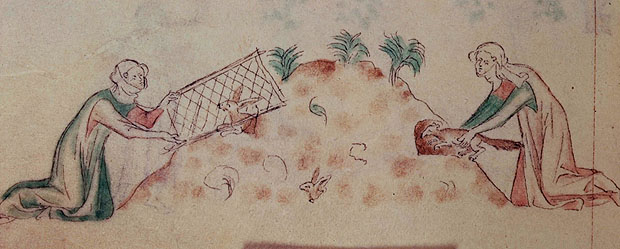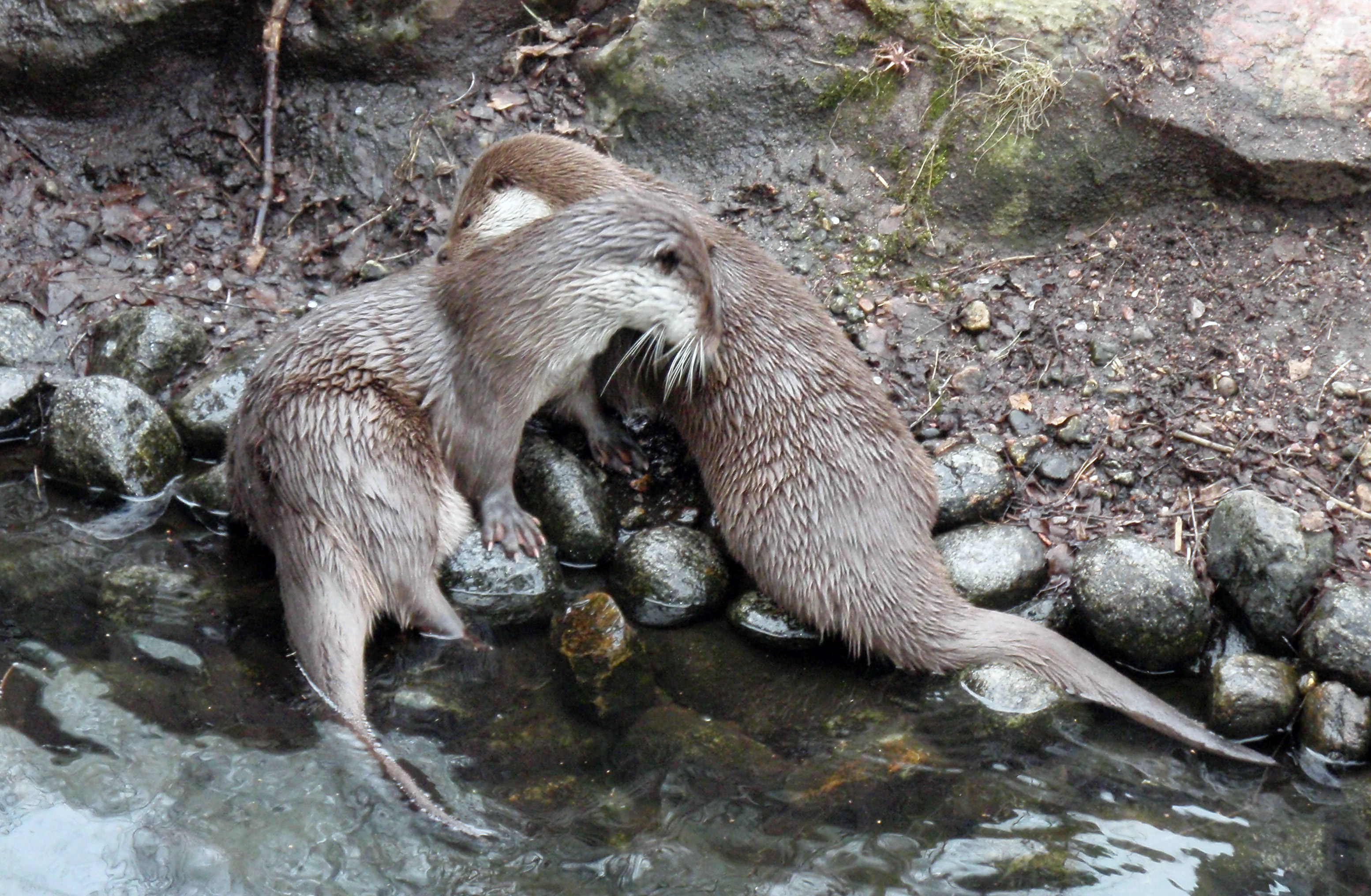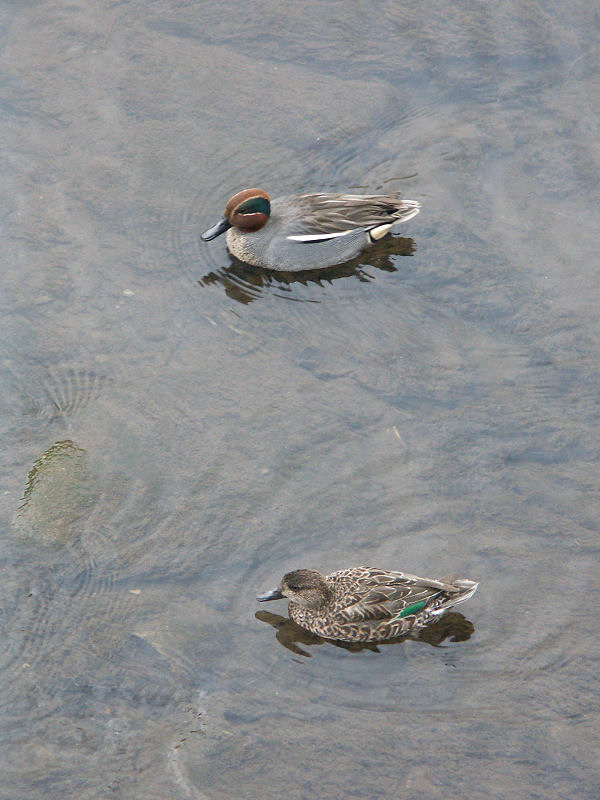|
Ynys-hir RSPB Reserve
Ynys-hir RSPB reserve is a nature reserve of the RSPB situated beside the Dyfi estuary in Ceredigion, mid Wales between Aberystwyth and Machynlleth. The reserve covers 550 hectares and includes a variety of habitats extending inland from mudflats and salt marsh through farmland and pools to oak woodland and hillside scrub. Facilities include a small visitor centre and seven hides. ''Ynys-hir'' means "Long Island" in Welsh. The name refers to a wooded ridge which was once surrounded by marshland. The area was a private estate until it was bought by the RSPB and became a reserve in 1970. Wildlife Breeding birds include important numbers of waders such as lapwing and redshank. Little egrets have recently joined grey herons in the heronry. The woodlands hold redstart, wood warbler and pied flycatcher while red kites frequently pass overhead. Wintering birds include many ducks such as shelduck, wigeon and teal and waders such as oystercatcher and curlew. There are sma ... [...More Info...] [...Related Items...] OR: [Wikipedia] [Google] [Baidu] |
Wood Warbler
The wood warbler (''Phylloscopus sibilatrix'') is a common and widespread leaf warbler which breeds throughout northern and temperate Europe, and just into the extreme west of Asian Russia in the southern Ural Mountains. This warbler is strongly migratory and the entire population winters in tropical Africa. Name The genus name ''Phylloscopus'' is from Ancient Greek ''phullon'', "leaf", and ''skopos'', "seeker" (from ''skopeo'', "to watch"). The specific ''sibilatrix'' is Latin for "she who whistles". At the end of the nineteenth century the bird was also called "wood-wren". Habitat This is a bird of open but shady mature woodlands, such as beech and sessile oak, with some sparse ground cover for nesting. The dome-shaped nest is built near the ground in low shrub. Six or seven eggs are laid in May; there may be a second brood. Like most Old World warblers, this small passerine is insectivorous. The main nest predators of wood warblers breeding in the primeval habita ... [...More Info...] [...Related Items...] OR: [Wikipedia] [Google] [Baidu] |
European Polecat
The European polecat (''Mustela putorius''), also known as the common polecat, black polecat and forest polecat, is a mustelid species native to Europe, Western Asia and North Africa. It is of a generally dark brown colour, with a pale underbelly and a dark mask across the face. Occasionally, colour mutations including albinos, leucists, isabellinists, xanthochromists, amelanists, and erythrists occur. It has a shorter, more compact body than other '' Mustela'' species, a more powerfully built skull and dentition, is less agile, and is well known for having the characteristic ability to secrete a particularly foul-smelling liquid to mark its territory. It is much less territorial than other mustelids, with animals of the same sex frequently sharing home ranges. Like other mustelids, the European polecat is polygamous, with pregnancy occurring after mating, following induced ovulation. It usually gives birth in early summer to litters consisting of five to ten kits, which ... [...More Info...] [...Related Items...] OR: [Wikipedia] [Google] [Baidu] |
European Otter
The Eurasian otter (''Lutra lutra''), also known as the European otter, Eurasian river otter, European river otter, common otter, and Old World otter, is a semiaquatic mammal native to Eurasia and the Maghreb. The most widely distributed member of the otter subfamily (Lutrinae) of the weasel family (Mustelidae), it is found in the waterways and coasts of Europe, many parts of Asia, and parts of northern Africa. The Eurasian otter has a diet mainly of fish, and is strongly territorial. It is endangered in some parts of its range, but is recovering in others. Description The Eurasian otter is a typical species of the otter subfamily. Brown above and cream below, these long, slender creatures are well-equipped for their aquatic habits. Their bones show osteosclerosis, increasing their density to reduce buoyancy. This otter differs from the North American river otter by its shorter neck, broader visage, the greater space between the ears and its longer tail. However, the Eurasian ... [...More Info...] [...Related Items...] OR: [Wikipedia] [Google] [Baidu] |
Bluebells At Ynys-hir - Andy Mabbett - 05
Bluebell, Bluebells, or Bluebelle may refer to: Plants * genus ''Hyacinthoides'' ** Common bluebell ('' H. non-scripta'') ** Spanish bluebell ('' H. hispanica'') ** Italian bluebell ('' H. italica'') * genus ''Muscari'' (perhaps more commonly known as grape hyacinth) * genus '' Mertensia'' ** Virginia bluebell ('' Mertensia virginica'') * Scottish bluebell (harebell) (''Campanula rotundifolia'') * Australian royal bluebell (''Wahlenbergia gloriosa'') * Texas bluebell (''Eustoma russellianum'') * Desert or California bluebell ('' Phacelia campanularia'') Places Ireland * Bluebell, Dublin, a suburb of Dublin, Ireland United Kingdom * Bluebell Lakes, five fishing lakes near Peterborough, England * Blue Bell Hill, a hill between Rochester and Maidstone, Kent, England United States * Bluebell, Utah, United States, a census-designated place * Bluebell Creek, United States, a tributary of the Yukon River in Alaska * Bluebell Creek (Iowa), United States, a minor tributary of the Upp ... [...More Info...] [...Related Items...] OR: [Wikipedia] [Google] [Baidu] |
Gull-billed Tern
The gull-billed tern (''Gelochelidon nilotica''), formerly ''Sterna nilotica'', is a tern in the family Laridae. It is widely distributed and breeds in scattered localities in Europe, Asia, northwest Africa, and the Americas. The Australian gull-billed tern was previously considered a subspecies. Taxonomy The gull-billed tern was formally described in 1789 by the German naturalist Johann Friedrich Gmelin in his revised and expanded edition of Carl Linnaeus's ''Systema Naturae''. He placed it with terns in the genus '' Sterna'' and coined the binomial name ''Sterna nilotica''. Gmelin based his description on the "Egyptian tern" that had been described in 1785 by the English ornithologist John Latham in his book ''A General Synopsis of Birds''. Latham had in turn based his own account on that by the Swedish naturalist Fredrik Hasselquist that was published in 1757. The gull-billed tern was moved to the resurrected genus '' Gelochelidon'' based on a molecular phylogenetic study ... [...More Info...] [...Related Items...] OR: [Wikipedia] [Google] [Baidu] |
Barnacle Goose
The barnacle goose (''Branta leucopsis'') is a species of goose that belongs to the genus ''Branta'' of black geese, which contains species with extensive black in the plumage, distinguishing them from the grey ''Anser (genus), Anser'' species. Despite its superficial similarity to the brant goose, genetic analysis has shown its closest relative is the cackling goose. Taxonomy and naming The barnacle goose was first Biological classification, classified taxonomically by Johann Matthäus Bechstein in 1803. ''Branta'' is a Latinised form of Old Norse ''Brandgás'', "burnt [black] goose" and the specific epithet is from the Ancient Greek ''leukos'' "white", and ''opsis'' "faced". In the mediaeval period, the barnacle goose and the similar brant goose were not distinguished, and Barnacle goose myth, were formerly believed to spawn from the goose barnacle. This gave rise to the English name of the barnacle goose and the scientific name of the brant goose. The barnacle myth can be date ... [...More Info...] [...Related Items...] OR: [Wikipedia] [Google] [Baidu] |
Greenland White-fronted Goose
The greater white-fronted goose (''Anser albifrons'') is a species of goose, closely related to the smaller lesser white-fronted goose (''A. erythropus''). The greater white-fronted goose is migratory, breeding in northern Canada, Alaska, Greenland and Russia, and winters farther south in North America, Europe and Asia. It is named for the patch of white feathers bordering the base of its bill: ''albifrons'' comes from the Latin "white" and "forehead". In the United Kingdom and Ireland, it has been known as the white-fronted goose; in North America it is known as the greater white-fronted goose (or "greater whitefront"), and this name is also increasingly adopted internationally. Even more distinctive are the salt-and-pepper markings on the breast of adult birds, which is why the goose is colloquially called the "specklebelly" in North America. Description Greater white-fronted geese are in length, have a wingspan, and weigh . They have bright orange legs and mouse-co ... [...More Info...] [...Related Items...] OR: [Wikipedia] [Google] [Baidu] |
Eurasian Curlew
The Eurasian curlew or common curlew (''Numenius arquata'') is a very large wader in the family Scolopacidae. It is one of the most widespread of the curlews, breeding across temperate Europe and Asia. In Europe, this species is often referred to just as the "curlew", and in Scotland known as the "whaup" in Scots. Taxonomy The Eurasian curlew was formally described by the Swedish naturalist Carl Linnaeus in 1758 in the tenth edition of his ''Systema Naturae'' under the binomial name ''Scolopax arquata''. It is now placed with eight other curlews in the genus '' Numenius'' that was introduced by the French ornithologist Mathurin Jacques Brisson in 1760. The genus name ''Numenius'' is from Ancient Greek νουμήνιος, ''noumēnios'', a bird mentioned by Hesychius. It is associated with the curlew because it appears to be derived from ''neos'', "new" and ''mene'' "moon", referring to the crescent-shaped bill. The species name ''arquata'' is the Medieval Latin name for this ... [...More Info...] [...Related Items...] OR: [Wikipedia] [Google] [Baidu] |
Eurasian Oystercatcher
The Eurasian oystercatcher (''Haematopus ostralegus'') also known as the common pied oystercatcher, or (in Europe) just oystercatcher, is a wader in the oystercatcher bird family Haematopodidae. It has striking black and white plumage, a long straight orange-red bill, red eyes and relatively short dull pink legs. The sexes are similar in appearance but the bill of the female is longer than that of the male. It is the most widespread of the oystercatchers, with four subspecies breeding in western Europe, central Eurosiberia, Kamchatka, China, and the western coast of Korea. No other oystercatcher occurs within this area. Taxonomy The Eurasian oystercatcher was listed by Swedish naturalist Carl Linnaeus in 1758 in the 10th edition of his ''Systema Naturae'' under the binomial name ''Haemotopus ostralegus''. The genus name ''Haematopus'' combines the Ancient Greek ''haima'' αἷμα meaning "blood" and ''pous'' πούς meaning "foot". The specific epithet ''ostralegus'' combi ... [...More Info...] [...Related Items...] OR: [Wikipedia] [Google] [Baidu] |
Common Teal
The Eurasian teal (''Anas crecca''), common teal, or Eurasian green-winged teal is a common and widespread duck that breeds in temperate Eurosiberia and migrates south in winter. The Eurasian teal is often called simply the teal due to being the only one of these small dabbling ducks in much of its range. The bird gives its name to the blue-green colour teal. It is a highly gregarious duck outside the breeding season and can form large flocks. It is commonly found in sheltered wetlands and feeds on seeds and aquatic invertebrates. The North American green-winged teal (''A. carolinensis'') was formerly (and sometimes is still) considered a subspecies of ''A. crecca''. Taxonomy The Eurasian teal belongs to the "true" teals, a group of small ''Anas'' dabbling ducks closely related to the mallard (''A. platyrhynchos'') and its relatives; that latter group in fact seems to have evolved from a true teal. It forms a superspecies with the green-winged teal and the speckle ... [...More Info...] [...Related Items...] OR: [Wikipedia] [Google] [Baidu] |
Eurasian Wigeon
The Eurasian wigeon or European wigeon (''Mareca penelope''), also known as the widgeon or the wigeon, is one of three species of wigeon in the dabbling duck genus ''Mareca''. It is common and widespread within its Palearctic range. Taxonomy The Eurasian Wigeon was formally described by Carl Linnaeus in his landmark 1758 10th edition of ''Systema Naturae'' under the binomial name ''Anas penelope''. ''Anas'' is the Latin word for "duck", and ''penelope'' refers to a duck said to have saved Penelope when she was thrown into the sea. Her name derives from Ancient Greek πήνη ''pene'', "braid" and ὤψ ''ops'' "appearance", from the ruse she used to deter suitors while her husband Ulysses was away. Description This dabbling duck is long with a wingspan, and a weight of . The breeding male has grey flanks and back, with a black rear end, a dark green speculum and a brilliant white patch on upper wings, visible in flight or at rest. It has a pink breast, white belly, and ... [...More Info...] [...Related Items...] OR: [Wikipedia] [Google] [Baidu] |





